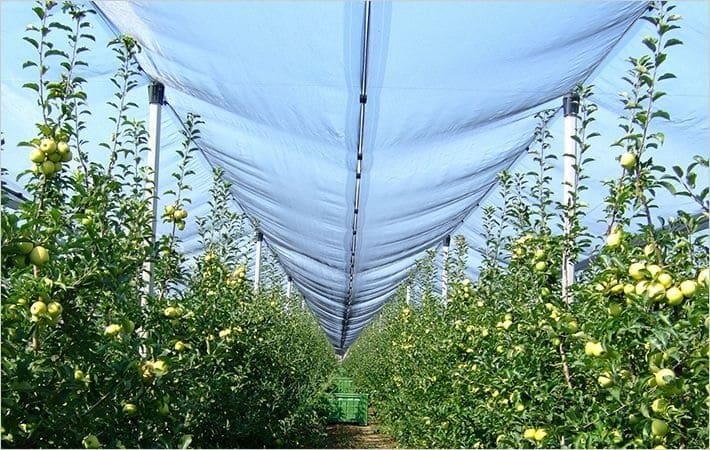The global rise in population and growing demand for better and high quality vegetables and fruits is the main growth driver for agro textiles. According to the United Nation’s Food and Agricultural Organization (FAO) the global food production capacity will have to increase by 70 per cent from the present level by 2050 in order to suffice the population. Based on such figures and statistics the future holds immense potential for Agro fabrics and textile products.
Textiles and clothing is a diverse sector that plays an important role in the European manufacturing industry. In 2017, the overall size of the Textile & Clothing industry in the EU-28 represents a turnover of €181 billion and investments of €4.9 billion. Thanks to a revival of the EU activity, the 176,400 T&C companies still employ over 1.7 million workers. EU external trade was more dynamic than the previous year with almost €48 billion of T&C products exported and €112 billion imported from third markets (Euratex, 2016). The sector, playing a crucial role in the economy and social well-being, has undergone radical change recently to maintain its competitiveness by moving towards high value-added products (EC, Textiles and clothing in the EU). Innovation is the key of success for textiles’ companies, just as in other economic field (McAdam and McClelland, 2002). One of the segments of this industry that has received significant attention across the world is technical textiles. Technical or engineered textiles are defined as products that are used for functional purposes. These textiles have applications in multiple areas of economic activity, such as aerospace, shipping, sports, agriculture, defense and health care (Wazir Advisors Pvt. Ltd. and FICCI, 2016). Messe Frankfurt divides technical textiles into following twelve categories.
Agro-textile is a crucial and emerging sector among all the twelve sectors of technical textiles, which are also known as Agro tech or Agro textiles. In more detailed definition textiles for agriculture are used for crop protection, fertilization, aquaculture, horticulture and forestry. Agro Textile market is expected to reach over US$ 14,363.2 Mn by 2025 at a CAGR of 5.5% from 2017 to 2025. The worldwide agro textile market was evaluated at US$ 8,921.9 Mn for the year 2016
REVIEW ON AGRO TEXTILE PRODUCTS Sustainable development is a response to the current global challenges of climate change, atmospheric pollution, the risk of resource depletion and threats to biodiversity, but also to the economic growth problem, which is in contrast to the idea of protecting the environment and resources. In this context, the circular economy is considered a practical solution to the global trend of exhaustion natural resources. Circular economy as a concept based, for industrial ecology, cradle to cradle philosophy, bio mimicry, and natural capitalism (Fontel, 2017). “Agro textiles” gives multidimensional views and solutions to the problems being faced by agro industry. Today agro textile plays a significant role to control environment for crop production, eliminate variations in climate, weather change and generate optimum condition for plant growth. Adopting the high-tech farming technique, where textile structures are used, could enhance quality and overall yield of agro-products. Agriculture is also an important user of products from end-use sectors such as geotextiles for drainage and land reclamation, protective clothing for employers who have ta handle sprays and hazardous equipment, transport textiles for tractors and lorries, conveyor, belts, hoses, filters and construction of silos, tank and piping (Horrocks and Anand, 2016). The main process used for technical textiles are: knitting, weaving, braiding, nonwoven etc .

